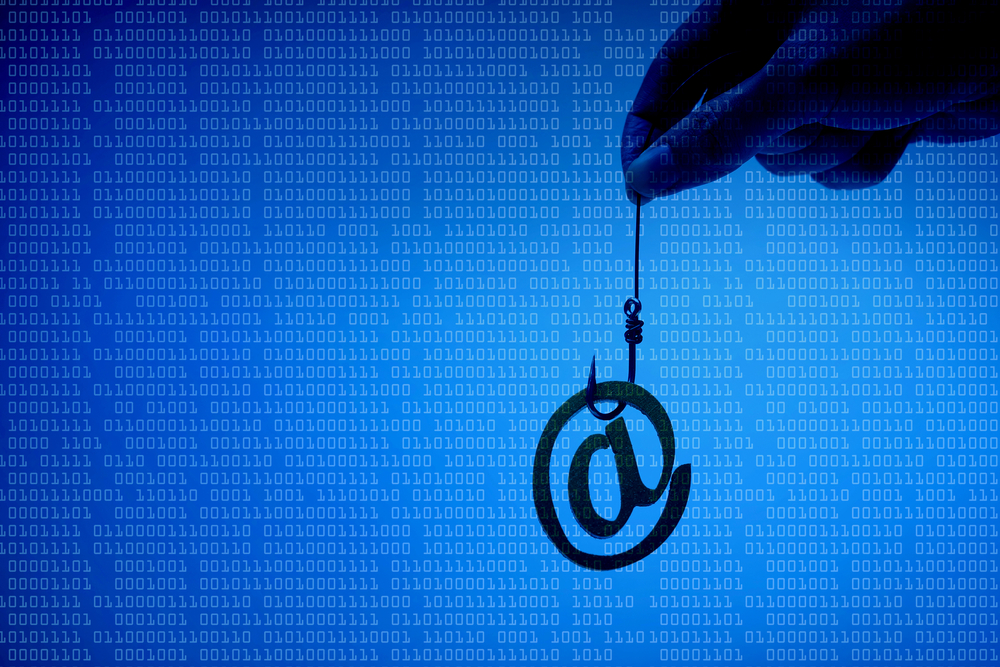New phishing campaign lures victims with compromised SharePoint website
The campaign was designed to go undetected by security products


Cyber criminals are using a compromised SharePoint website as a lure for a new phishing campaign.
Dora Tudor, a cyber security enthusiast at Heimdal Security, said the campaign relies on convincing emails and a few other techniques used to bypass phishing detection. These include an Office 365 phishing page, a Google cloud web app hosting, and a compromised SharePoint site that pushes victims to enter their credentials.
“It’s concerning to see that phishing remains a tricky issue that businesses are still facing, therefore the existence of phishing awareness pieces of training is highly recommended both by CISA and Microsoft,” she said.
According to a series of tweets by Microsoft researchers, the ongoing campaign used a combination of legitimate-looking original sender email addresses and spoofed display sender addresses that contain the target usernames and domains. The display names mimic legitimate services to try and slip through email filters.
The lure email pretends to be a “file share” request to access some so-called “Staff Reports,” “Bonuses,” “Pricebooks,” and other content hosted in a supposed Excel spreadsheet.
Researchers added the original sender addresses contain variations of the word "referral" and use various top-level domains, including the domain com[.]com, popularly used by phishing campaigns for spoofing and typo-squatting.
RELATED RESOURCE

2021 state of email security report: Ransomware on the rise
Securing the enterprise in the COVID world
Cyber criminals then send emails that “use a SharePoint lure in the display name as well as the message,” researchers said. “This campaign is active with various lure themes.”
Sign up today and you will receive a free copy of our Future Focus 2025 report - the leading guidance on AI, cybersecurity and other IT challenges as per 700+ senior executives
Microsoft researchers added that the emails contain two URLs with malformed HTTP headers. The primary phishing URL is a Google storage resource that points to an AppSpot domain that requires the user to sign in before finally serving another Google User Content domain with an Office 365 phishing page.
“The second URL is located within the notification settings and leads to a compromised SharePoint site that the attackers use to add legitimacy to the attack. Both URLs require sign-in to continue to the final page, bypassing many sandboxes,” researchers added.
Researchers warned that the campaign contained other detection evasion techniques that make this campaign even “sneakier than usual.”
Researchers published a link on GitHub with more details on the campaign, including a query string on GitHub that can run through Microsoft 365 Defender to draw attention to any campaign email that may have gone unnoticed by email security products.
Rene Millman is a freelance writer and broadcaster who covers cybersecurity, AI, IoT, and the cloud. He also works as a contributing analyst at GigaOm and has previously worked as an analyst for Gartner covering the infrastructure market. He has made numerous television appearances to give his views and expertise on technology trends and companies that affect and shape our lives. You can follow Rene Millman on Twitter.
-
 Trump's AI executive order could leave US in a 'regulatory vacuum'
Trump's AI executive order could leave US in a 'regulatory vacuum'News Citing a "patchwork of 50 different regulatory regimes" and "ideological bias", President Trump wants rules to be set at a federal level
-
 TPUs: Google's home advantage
TPUs: Google's home advantageITPro Podcast How does TPU v7 stack up against Nvidia's latest chips – and can Google scale AI using only its own supply?
